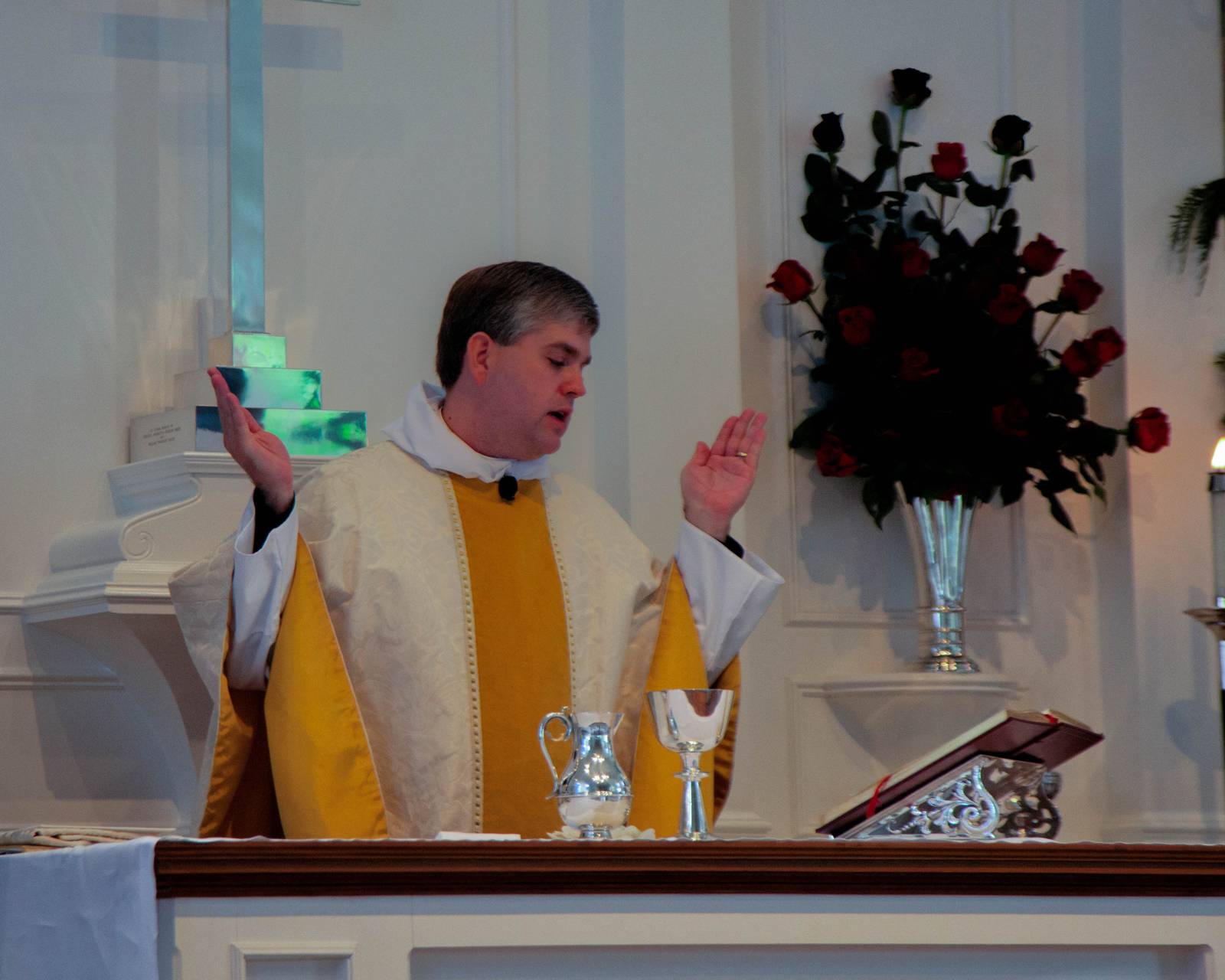Posted on Wednesday, May 24, 2017

One of the outcomes of the Sixteenth Century Reformation in Europe was that Catholic Christendom was shattered into a number of Confessional Churches. Each branch of the Protestant movement came up with their own Confession of Faith. Lutherans had the Augsburg Confession. Calvinists had the Confession of the Synod of Dort. Even Catholics had the pronouncements of the Council of Trent. Each Confession was like the Platform of a political party. It stated the “party line” on every issue of dispute.
Confessions were necessary on the continent of Europe, because Europe was divided and the factions lived side-by-side. The nature of the Reformation in England was different. The Reformation was political in a way the European Reformation wasn’t. In Europe, Luther drew a line in the sand, and people had to choose sides. In England, the King said, “Everyone in the realm is a member of the Church England.” Since English Christians had to live together, they had to figure out how to get along. As a result, they concluded “Communion is larger than Confession.” The Church is not a Confessional Society, but a Holy Communion. Within the communion of the Church, people of different beliefs on a variety of issues, could still be united in the Body of Christ.